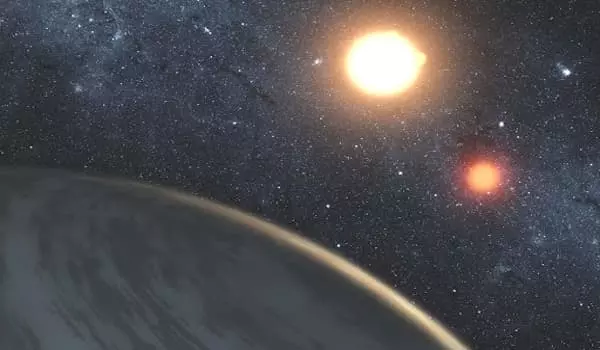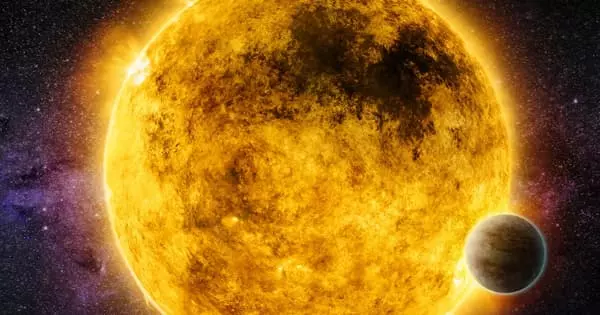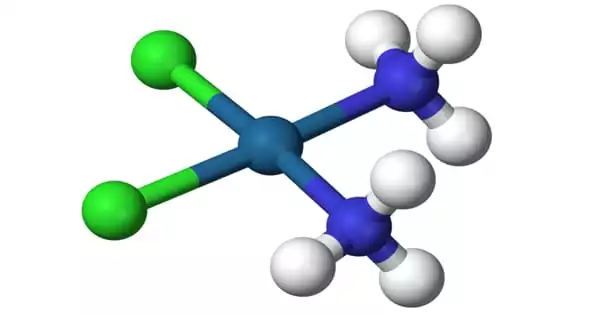Gliese 176 is a red dwarf in the Taurus constellation. It is not part of the Taurus constellation outline, but it is within its boundaries. It is approximately 30 light-years away, based on parallax measurements from the Hipparcos mission. A Super-Earth orbits the star. The star cannot be seen with the naked eye and must be viewed through a telescope.
Gliese 176, a red dwarf, is 30.9 light-years away from the Sun. It is a single star of the spectral class M2 V with half the mass of the Sun. This system contains a number of known exoplanets. It is found in the northern celestial hemisphere. Gliese 176 is roughly half the size of the Sun, with an outer envelope temperature of around 3574 K (3301 °C), or about 62 percent of the Sun’s temperature.

Planetary system
In 2008, Gliese 176’s planetary companion was announced. Radial velocity observations with the Hobby-Eberly Telescope (HET) revealed a 10.24-day periodicity that was attributed to a planet. It had a semi-amplitude of 11.6 m/s and a minimum mass of 24.5 Earth masses or about 1.4 Neptune masses. The estimated radius of Gliese 176 has been calculated to be 0.19 times that of the Sun. The radius of the Sun is 695,800km, so the radius of the star is estimated to be 132,278.45km.
HARPS spectrograph observations could not confirm the 10.24-day variation. Instead, two other periodicities with amplitudes less than the HET observational errors were discovered at 8.78 and 40.0 days. The 40-day variation coincides with the rotational period of the star and is thus caused by activity, whereas the shorter-period variation cannot be explained by activity and is thus caused by a planet. The planet’s semi-amplitude of 4.1 m/s corresponds to a minimum mass of 8.4 Earth masses, classifying it as a Super-Earth.
Gliese 176’s apparent magnitude is 9.95, which is a measure of the star’s brightness as seen from Earth. Visual Magnitude is another name for Apparent Magnitude. Gliese 176’s absolute magnitude is 10.08 if you use the 1997 Parallax value. Gliese 176’s absolute magnitude is 10.11 if you use the 2007 Parallax value. An independent study found that observations with Keck-HIRES did not confirm the 10.24-day signal. An 8.77-day periodicity, which corresponded to the planet announced by the HARPS team, was detected to intermediate significance, but it was not deemed significant enough to claim a planetary cause based solely on their data.
















